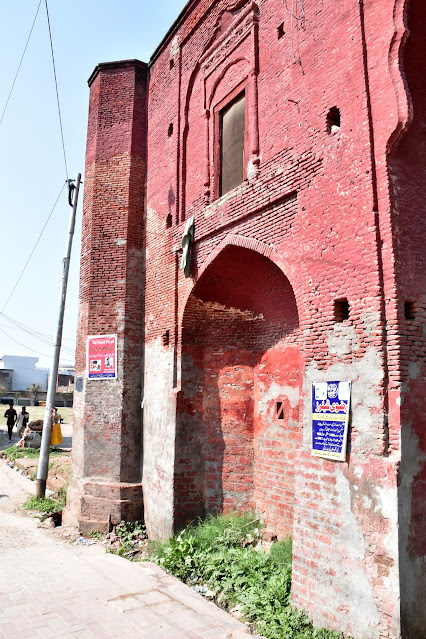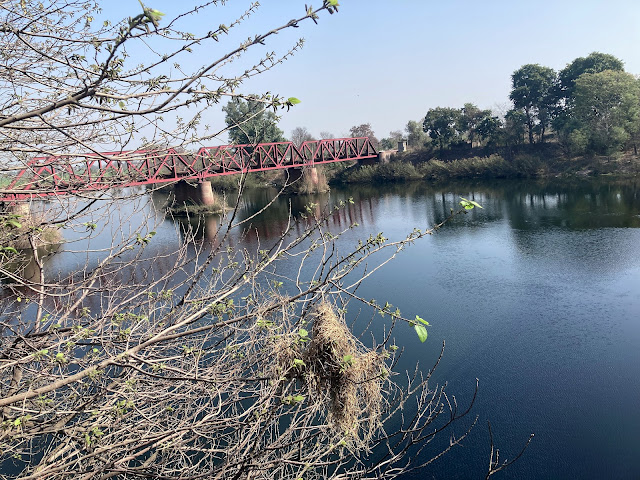


Wazirabad is a city on the Eastern bank of the Chenab River and Western Punjab in Pakistan. The city is 190 Km and a 3.5 hours’ drive from Islamabad.

Table of Contents
ToggleThe Ancient Roots of Wazirabad reach back to the pre-Islamic era, because of its secure location between massive rivers. Like all ancient cities, Wazirabad has Qila Wazirabad Fort constructed by the Mughals during the 16th-18th centuries. The Fort is nowhere to be seen now. In 1620, Sikh Guru Har Gobind visited Wazirabad to meet his devotee Bhai Khem Chand. Gurdwara Guru Kotha Chhevin Patshahi marks this site of visit. Sikh Ruler Ranjit Singh expanded the commercial activities in this town, especially the ones related to metalwork and cutlery. British Colonial Period After the fall of the Sikh Empire in 1849, saw the development of infrastructure, including roads and irrigation systems, boosting its agricultural and industrial growth. A large number of Hindu and Sikh population migrated to India after the partition, reshaping its cultural landscape.

Here are the interesting things to enjoy in Wazirabad:
Rail Bazar has old shops that produce all sorts of cutlery and metallic knives. They can make the best buck knives and every sort of sword, including Samurai and Crusader’s swords
.JPG)
A simple structure just outside of Wazirabad city. It was originally constructed as a mail hub but was used as a police station by the Colonial British.

The gurdwara is in a descript condition but the evacuees from Indian Kashmir there are welcoming. Not much is left, but the views of the surroundings are lovely.

The twin temple spires have long been demolished and the shamshan ghat is barely visible anymore. River chnab receded ever since several kilometers. It was interesting to see this historical place occupied by local druggies.

Built during Mughal Shah Jahan’s time, The tower was once embellished and had a panoramic view of the city from the top. Now, the tower has been demolished and the surrounding old city walls have largely been torn down to build new houses. There are a few structures still intact. This area was the Royal residence and court of significant people.

Located in the Rail Bazar, Ornate wooden balconies, intricate brickwork, and faded frescoes hint at its former grandeur. A few beautiful havelis left by the Hindu and Sikh residents is still intact for everyone to appreciate.

Located near his ancestral home on the Wazirabad Sialkot highway, this peaceful park and tomb give us an insight into the efforts of less-mentioned religious leaders in the Pakistan Independence movement.

When there is water flowing in the Chenab River during the Rainy season (August), the local boatmen offer rides on the mighty Chenab River.
This barrage headwork is meant for irrigation of the surrounding Agri fields, but the sight of humans harnessing a mighty river like the Chenab is worth seeing.

While going towards Wazirabad, try to stop at Mian Jee Restaurant on the GT Road. On the way back, stop at any roadside restaurant with 5-10 cars parked in front. This indicates the food is acceptable.

The best part of visiting Wazirabad is getting a handmade knife from Rail Bazar and a boat ride on the Chenab River.
Also Read:

Very well articulated.
Much appreciated
Excellent article on Waziribad.